Sustainable Livelihood Generation and Empowerment Programme at Bankura
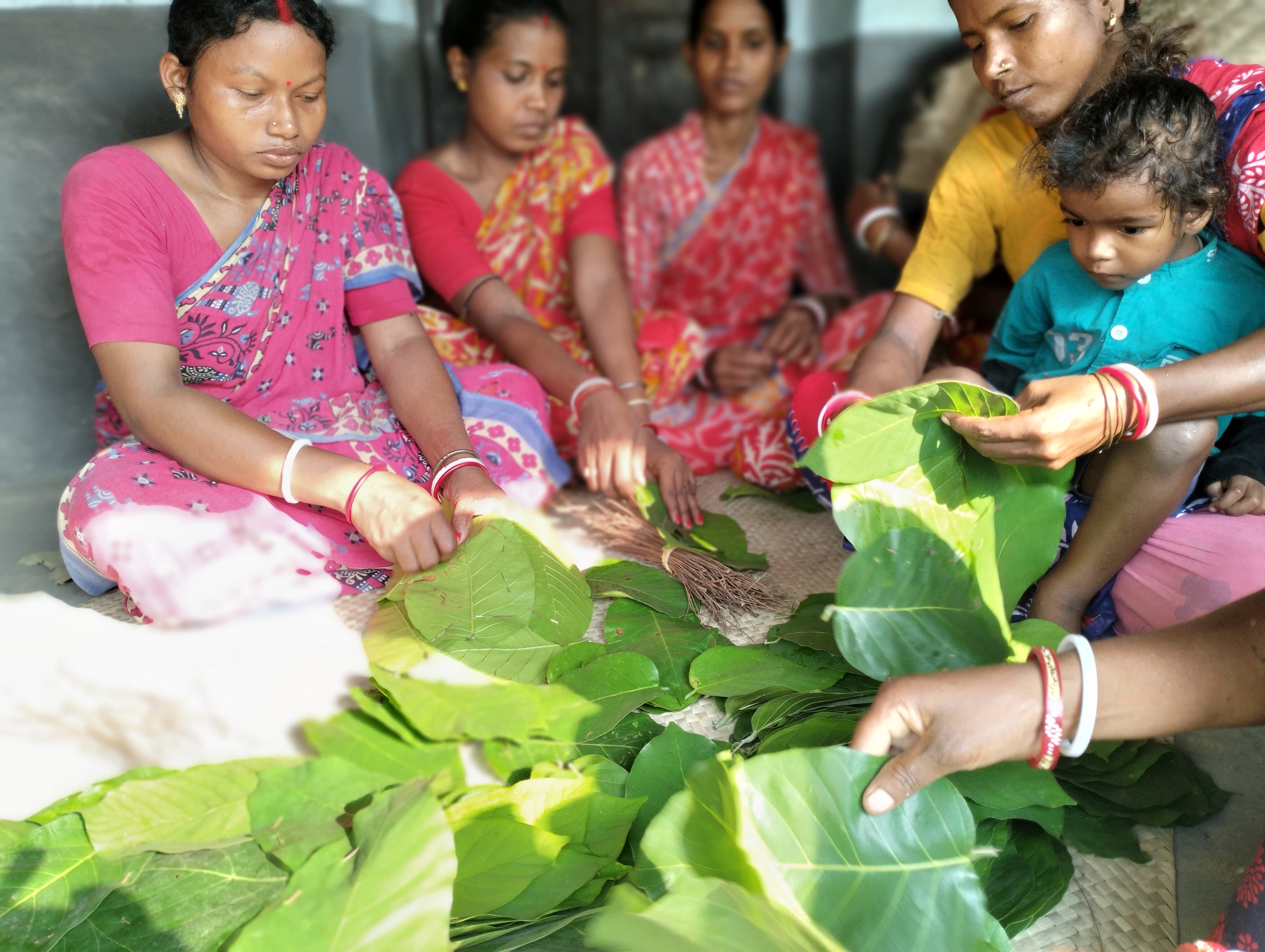
Women empowerment and sustainable livelihood generation are essential components of inclusive development. Empowering women through access to education, financial resources, and decision-making opportunities not only improves their lives but also contributes to the broader economic and social fabric of communities. This article reviews the literature on sustainable livelihood generation and women empowerment, exploring the impact of various initiatives and identifying best practices for promoting gender equality and sustainable development.
Women empowerment is crucial for achieving gender equality and fostering economic growth. Empowered women can make significant contributions to their families, communities, and economies. Studies have shown that when women are given equal opportunities, they invest more in their children's health and education, leading to long-term societal benefits (Kabeer, 2005). Furthermore, empowered women are more likely to participate in community decision-making and leadership roles, driving social change (UN Women, 2020).
Sustainable livelihood generation involves creating economic opportunities that are environmentally sustainable, socially inclusive, and economically viable. This approach ensures that individuals and communities can sustain their livelihoods over the long term without depleting natural resources or harming the environment. Sustainable livelihood generation strategies include skill development, entrepreneurship support, access to finance, and the promotion of environmentally friendly practices (Chambers & Conway, 1992).
The intersection of women empowerment and sustainable livelihood generation is a critical area of focus. Empowering women through livelihood opportunities not only enhances their economic independence but also promotes sustainable development. Initiatives such as microfinance, vocational training, and cooperative models have been effective in empowering women and generating sustainable livelihoods (Mayoux, 2001). These initiatives help women build skills, access financial resources, and create networks that support their economic activities.
Vocational training and skill development programs are essential for equipping women with the skills needed to engage in sustainable livelihoods. These programs provide training in various trades and crafts, enabling women to enter diverse fields such as agriculture, handicrafts, and information technology. Successful examples include the Self Employed Women's Association (SEWA) in India, which has trained thousands of women in skills ranging from traditional crafts to modern technology, leading to improved incomes and economic stability (Chen, 2015).
Cooperatives and social enterprises have proven effective in promoting women empowerment and sustainable livelihoods. These models foster collective action and provide women with access to markets, resources, and support networks. For instance, the Grameen Bank in Bangladesh and the Amul cooperative in India have successfully empowered women through cooperative models, enabling them to achieve economic self-sufficiency and social recognition (Yunus, 2007; Kurien, 2012).
Despite the successes, several challenges and barriers hinder the full realization of sustainable livelihoods and women empowerment. These include:
To overcome these challenges and promote sustainable livelihood generation and women empowerment, several strategies can be adopted:
Women empowerment and sustainable livelihood generation are essential for achieving inclusive and equitable development. By addressing the barriers that women face and implementing effective strategies, societies can unlock the full potential of women, leading to improved economic outcomes and social progress. This review highlights the importance of integrating women empowerment into sustainable livelihood initiatives and calls for continued efforts to create an enabling environment for women to thrive.
Honey bee production, or apiculture, is an age-old practice with significant potential for sustainable livelihood generation and women empowerment. By engaging in honey bee production, women can achieve economic independence, develop new skills, and contribute to environmental conservation. This article explores the multifaceted impact of honey bee production on women empowerment, highlighting success stories, challenges, and future directions.




In many rural areas, traditional crafts and natural resources provide opportunities for sustainable livelihood generation and women empowerment. One such initiative is the establishment of Saal leaf plate making units. Saal leaves, abundant in forests, are eco-friendly and biodegradable, making them ideal for producing plates and bowls. This enterprise not only contributes to environmental sustainability but also plays a significant role in empowering women, especially in marginalized communities.
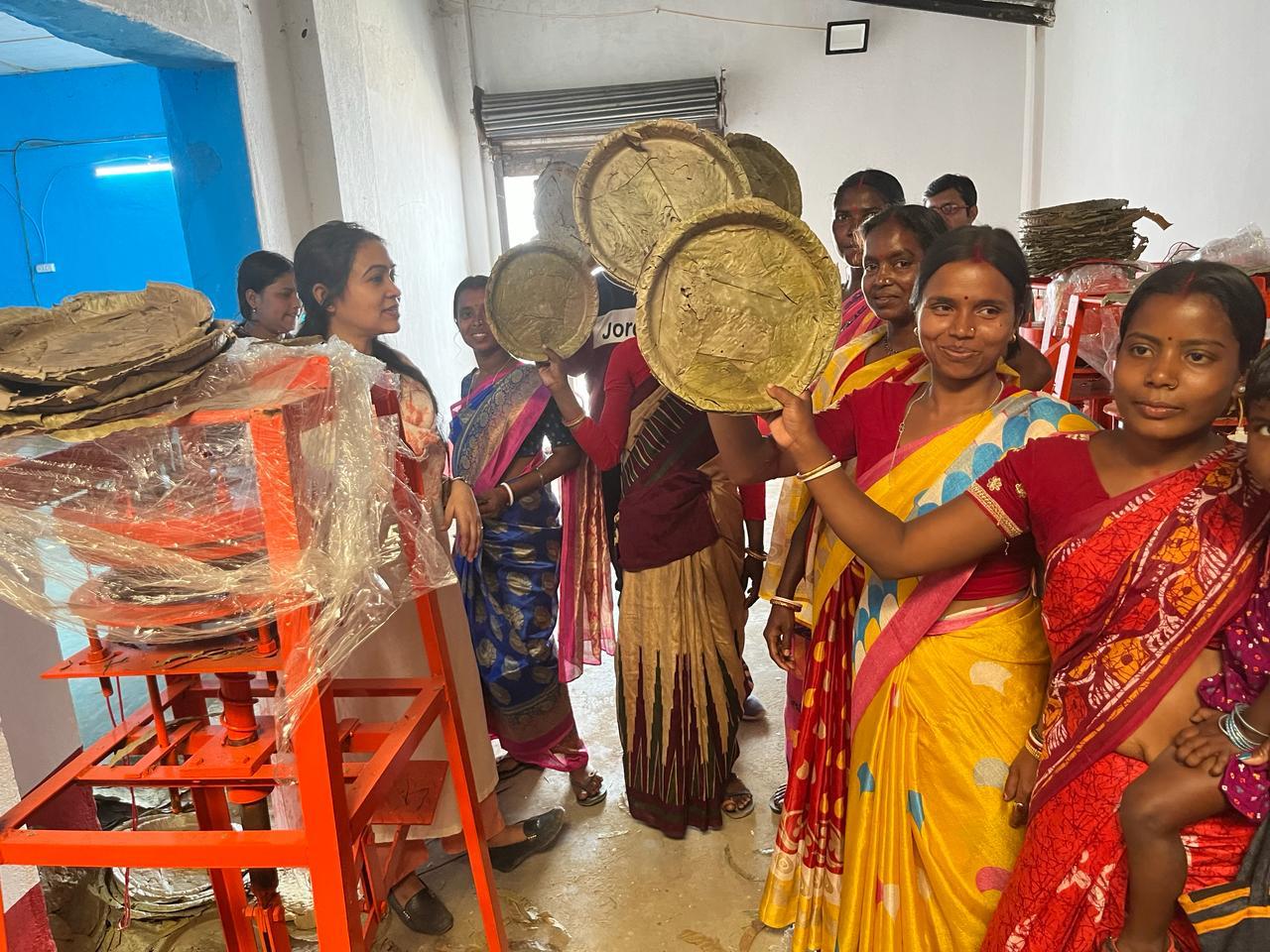
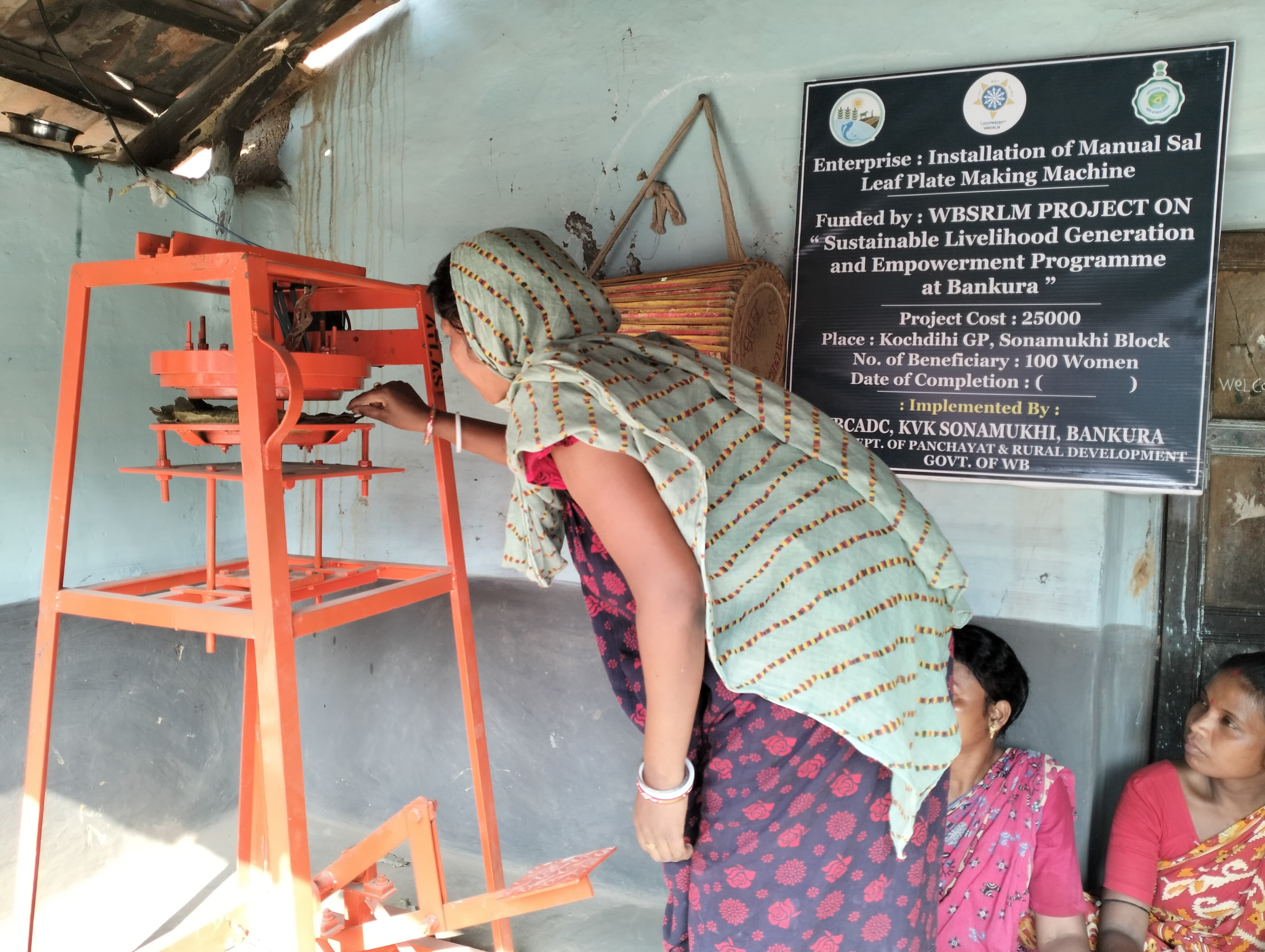
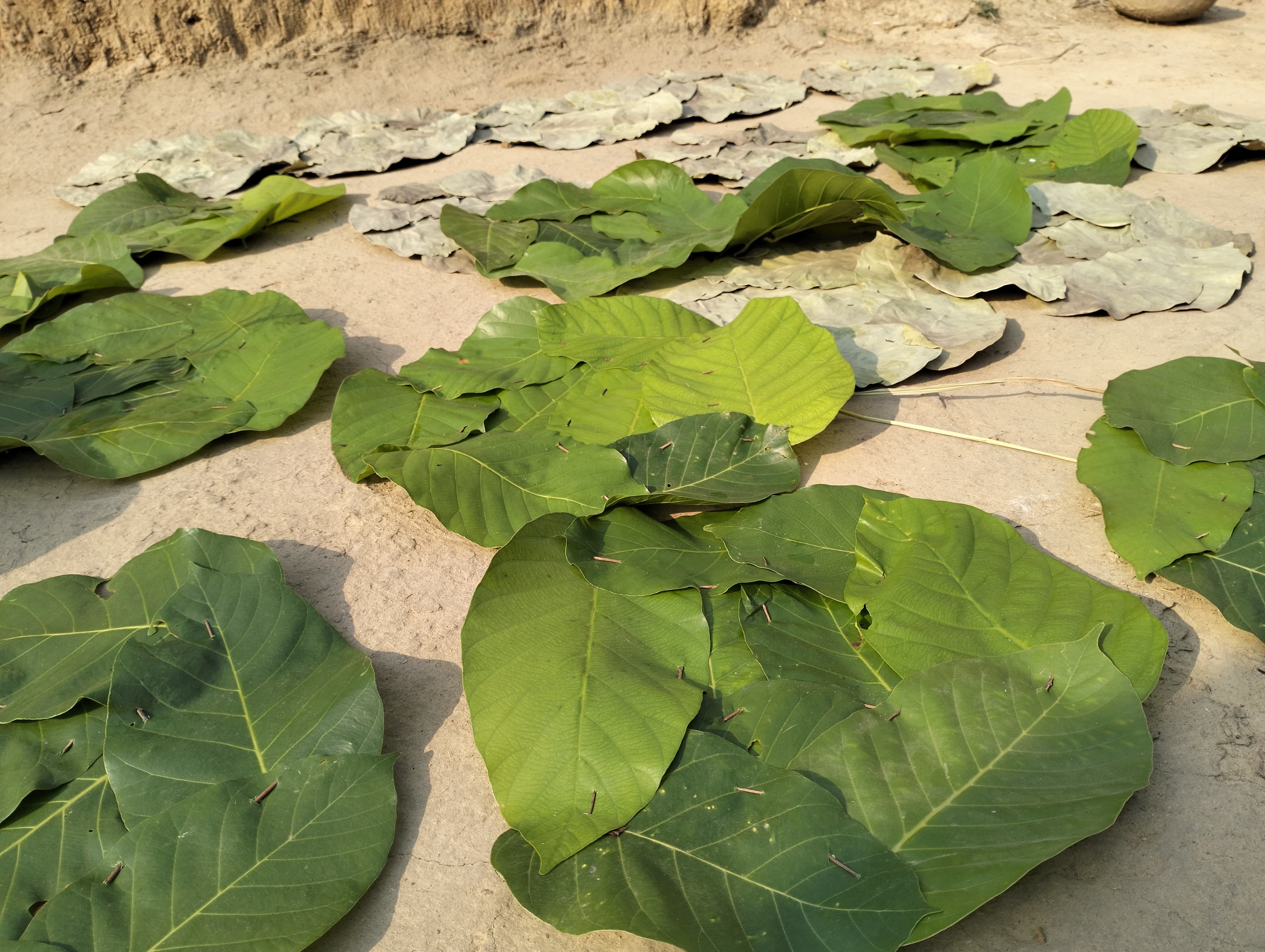
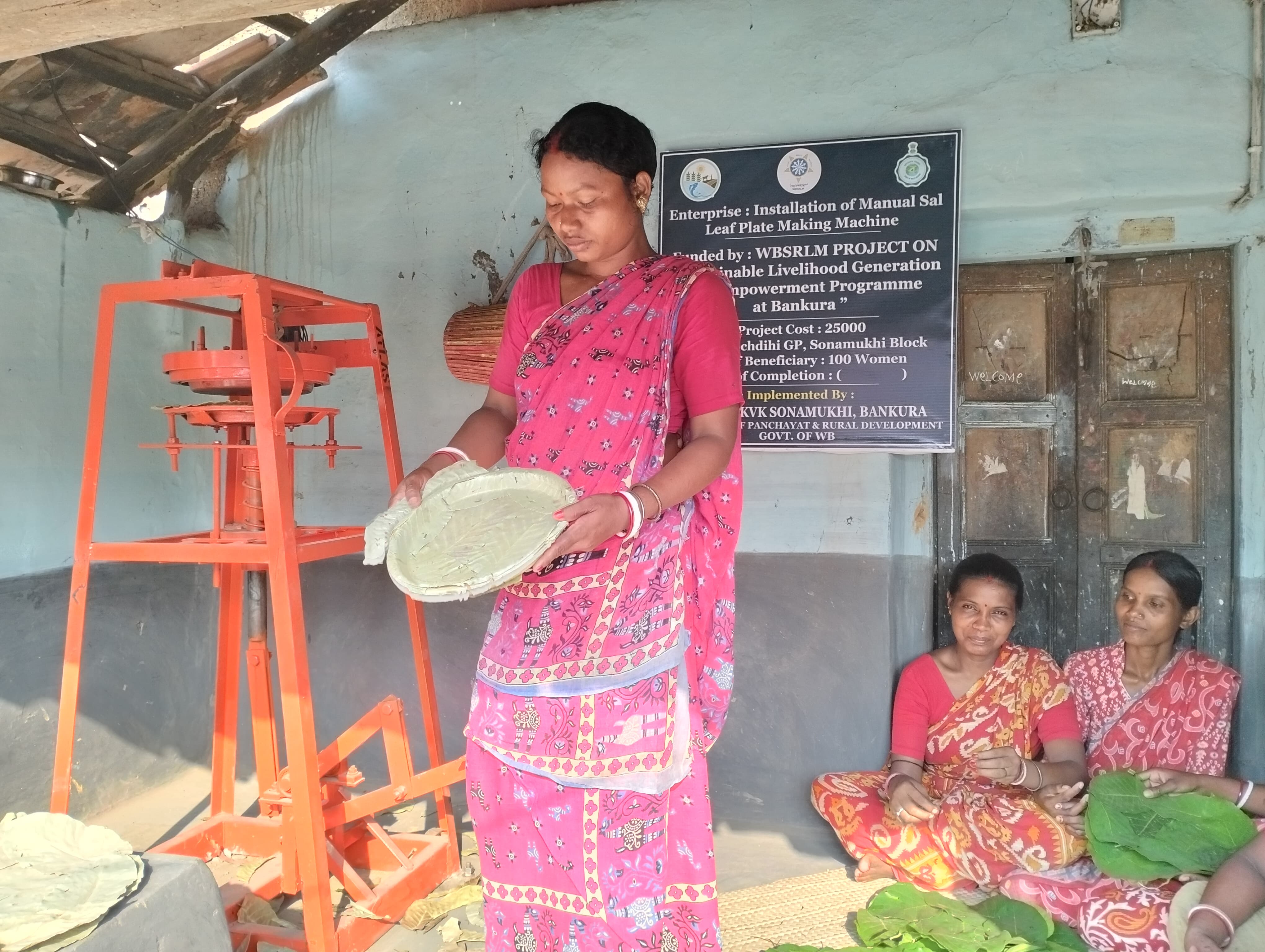

Shade net house sapling cultivation is an innovative agricultural practice that provides a controlled environment for growing high-quality saplings. This method not only ensures the production of healthy plants but also creates significant opportunities for women empowerment, particularly in rural areas. This article explores the impact of shade net house sapling cultivation on women empowerment, highlighting economic benefits, skill development, and social empowerment.
In rural areas, livestock farming, particularly goat rearing, has emerged as a viable means of livelihood generation and women empowerment. A goatery unit, or goat farming enterprise, offers numerous benefits including low investment, high returns, and the ability to thrive in diverse environments. This article explores how goatery units empower women by providing economic independence, skill development, and social empowerment.